The key to avoiding wrist pain at oche is a combination of proper technique, physical conditioning, and consistent practice. This article will delve into these areas, providing practical advice and exercises to help you maintain a healthy throwing arm and enjoy your game without pain.
⚠️ Still Using Pen & Paper (or a Chalkboard)?! ⚠️
Step into the future! The Dart Counter App handles all the scoring, suggests checkouts, and tracks your stats automatically. It's easier than you think!
Try the Smart Dart Counter App FREE!Ready for an upgrade? Click above!
Before we dive into the specifics of avoiding wrist pain at oche, let’s address the fundamentals. Many dart players underestimate the importance of proper posture and grip. A relaxed yet firm grip, coupled with a balanced stance, significantly reduces strain on your wrist. We’ll explore these aspects, along with tailored exercises and stretching routines to improve your overall throwing mechanics and minimize the risk of injury. We’ll also cover the benefits of incorporating Darts Fitness Health into your training regime.
Understanding Wrist Pain at the Oche
Wrist pain at the oche is a common complaint among dart players, often stemming from repetitive strain injuries. Improper throwing technique, inadequate warm-up routines, and insufficient strength and flexibility in the wrist and forearm can all contribute to this problem. Avoiding wrist pain at oche requires a holistic approach, encompassing both short-term pain relief and long-term preventative measures.
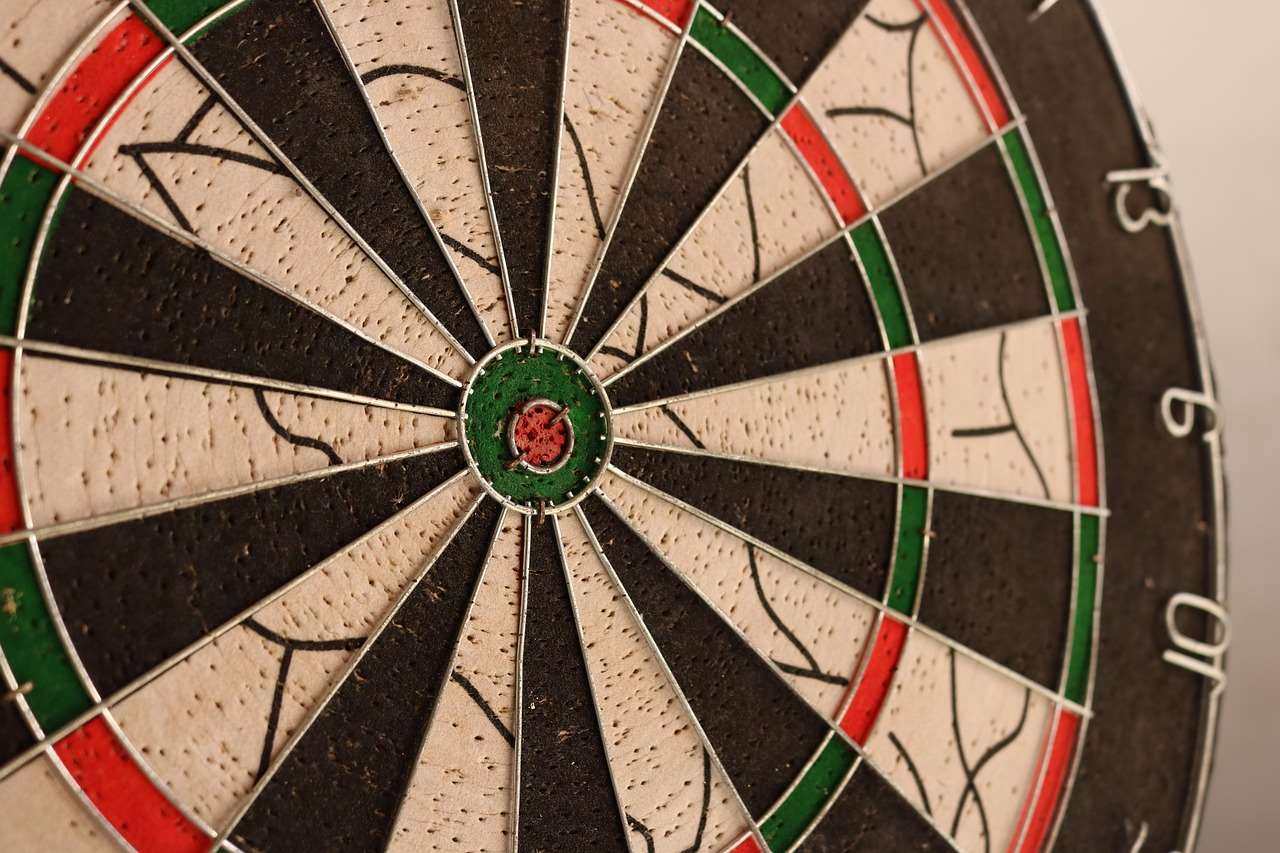
One of the most significant factors in avoiding wrist pain at oche is understanding your throwing mechanics. Analyzing your technique, identifying any weaknesses, and working to correct them is crucial. Consider recording yourself throwing darts to see if your wrist is involved in the throwing motion where it shouldn’t be. Professional coaching can provide invaluable insights and personalized guidance to improve your form. We will explore this in more detail later.
Identifying the Root Cause
Before implementing any solutions, it’s essential to determine the root cause of your wrist pain. Is it due to overuse, improper technique, underlying medical conditions, or a combination of factors? Consulting a physiotherapist or sports medicine specialist can help diagnose the problem and recommend appropriate treatment options. They may also suggest exercises or therapies to strengthen your wrist and forearm.
Improving Your Throwing Technique
Your throwing technique significantly impacts your risk of developing wrist pain. A smooth, controlled throwing motion, where your wrist acts as a pivot rather than a primary force generator, is key to avoiding wrist pain at oche. Over-rotating your wrist or using excessive force are common mistakes that can lead to injury.
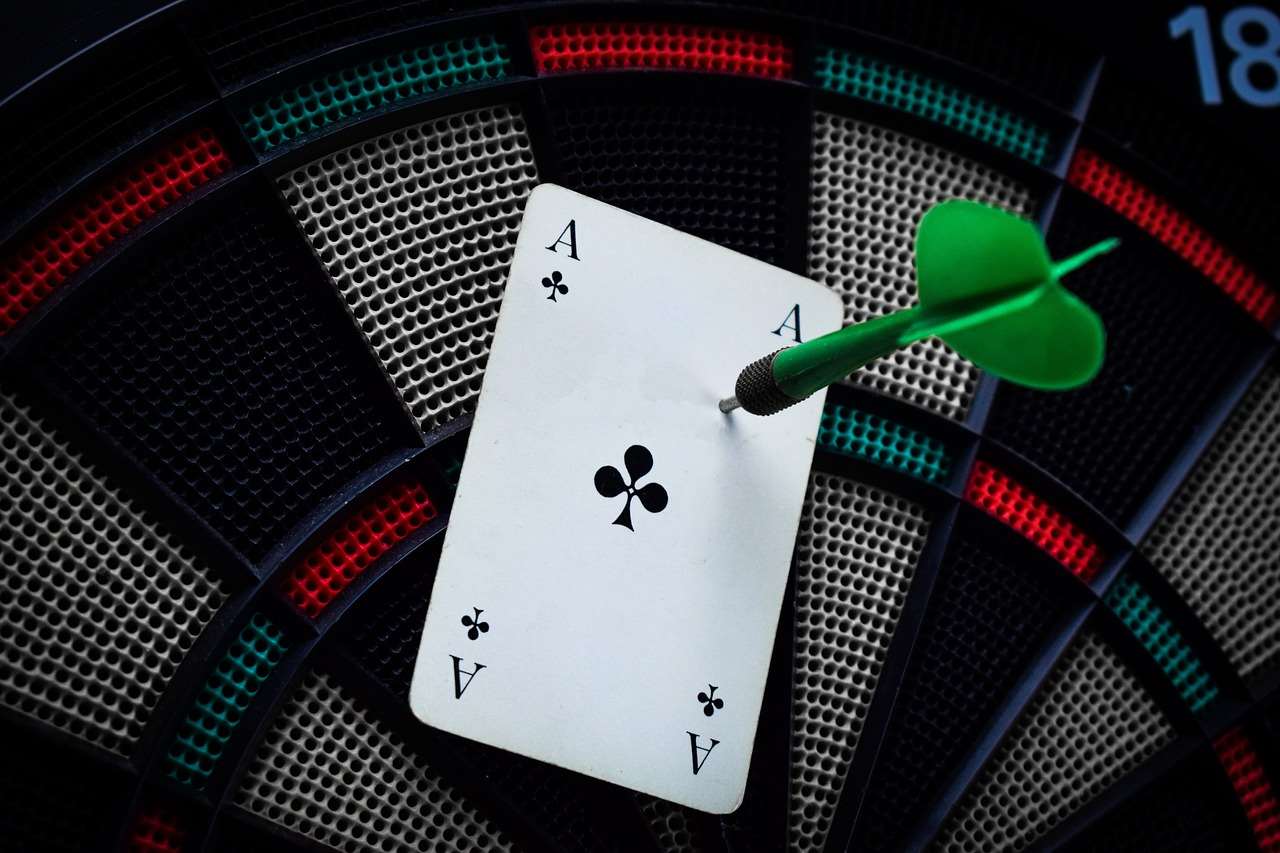
Consider these key points for improving your technique: Maintaining a stable grip throughout the throw, ensuring your elbow remains relaxed, and using your shoulder and body rotation to generate power. Focus on a smooth, fluid motion and avoid jerky movements. Regular practice with a focus on precision, rather than speed, will also help build the correct muscle memory and reduce strain on your wrist. Practicing consistent breathing for a calm throw can improve focus and reduce tension.
Warm-up and Cool-down Routines
A proper warm-up is essential for preparing your muscles and joints for the stresses of dart throwing. This helps in avoiding wrist pain at oche. This should include light cardiovascular exercises, followed by dynamic stretches that focus on the wrist, forearm, and shoulder. Similarly, a cool-down routine with static stretches helps to improve blood flow and reduce muscle soreness and potential injury.
- Warm-up: 5-10 minutes of light cardio, followed by wrist circles, forearm rotations, and shoulder stretches.
- Cool-down: 5-10 minutes of static stretches, holding each for 20-30 seconds. Focus on wrist flexors and extensors, forearm muscles, and shoulder muscles.
Strengthening and Conditioning Exercises
Strengthening the muscles in your forearm, wrist, and shoulder can significantly improve your throwing mechanics and reduce the risk of injury. Incorporate exercises like wrist curls, reverse wrist curls, and grip strengthening exercises into your fitness routine. These are crucial steps in avoiding wrist pain at oche. These exercises can help prevent repetitive strain injuries and improve your overall throwing power and accuracy.
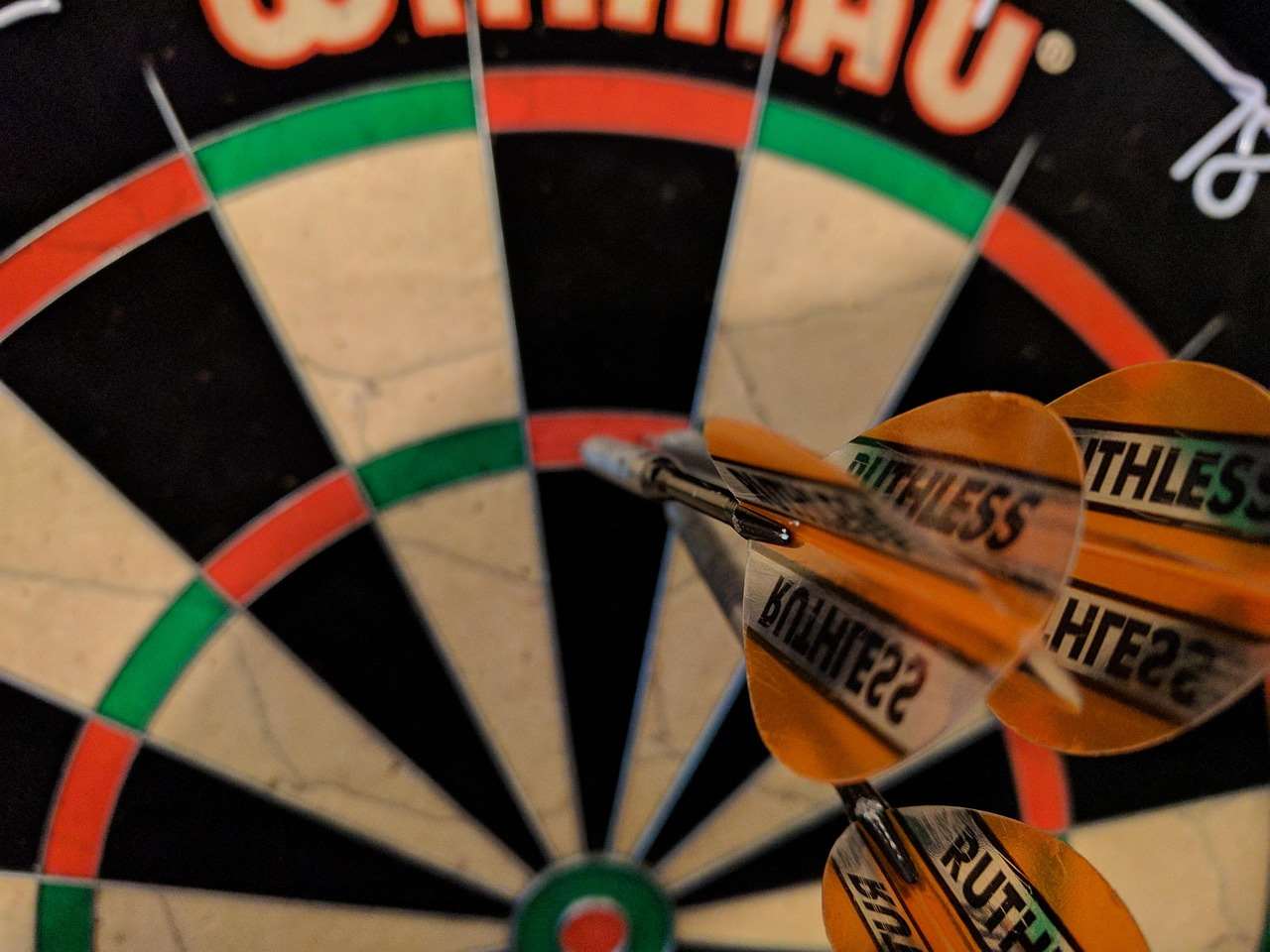
Consider incorporating exercise routines for darts into your weekly schedule. Remember consistency is key – regular strength training will yield better results over time than sporadic intense sessions. For beginners, it’s advisable to start with lighter weights and gradually increase the intensity. Remember to listen to your body and take rest days when needed to prevent overtraining.
Ergonomics at the Oche
The setup of your oche area greatly influences your posture and throwing mechanics. Ensuring your dartboard is at the correct height, your stance is comfortable and balanced, and your oche is free from obstructions helps prevent wrist strain. This directly addresses avoiding wrist pain at oche. It’s also helpful to regularly check your throwing setup to ensure you are in the most comfortable position.
Consider the following ergonomic factors: Maintaining good posture, ensuring your throwing arm is relaxed and aligned, and avoiding any awkward twisting or bending of your wrist. Oche ergonomics research suggests that even small adjustments to your setup can significantly impact your risk of injury.
Rest and Recovery
Adequate rest is crucial for muscle recovery and injury prevention. Avoid overtraining and incorporate rest days into your practice schedule to allow your muscles to repair and rebuild. Listening to your body and taking time off when needed is essential in avoiding wrist pain at oche. Ignoring pain signals can lead to more severe problems and longer recovery times.
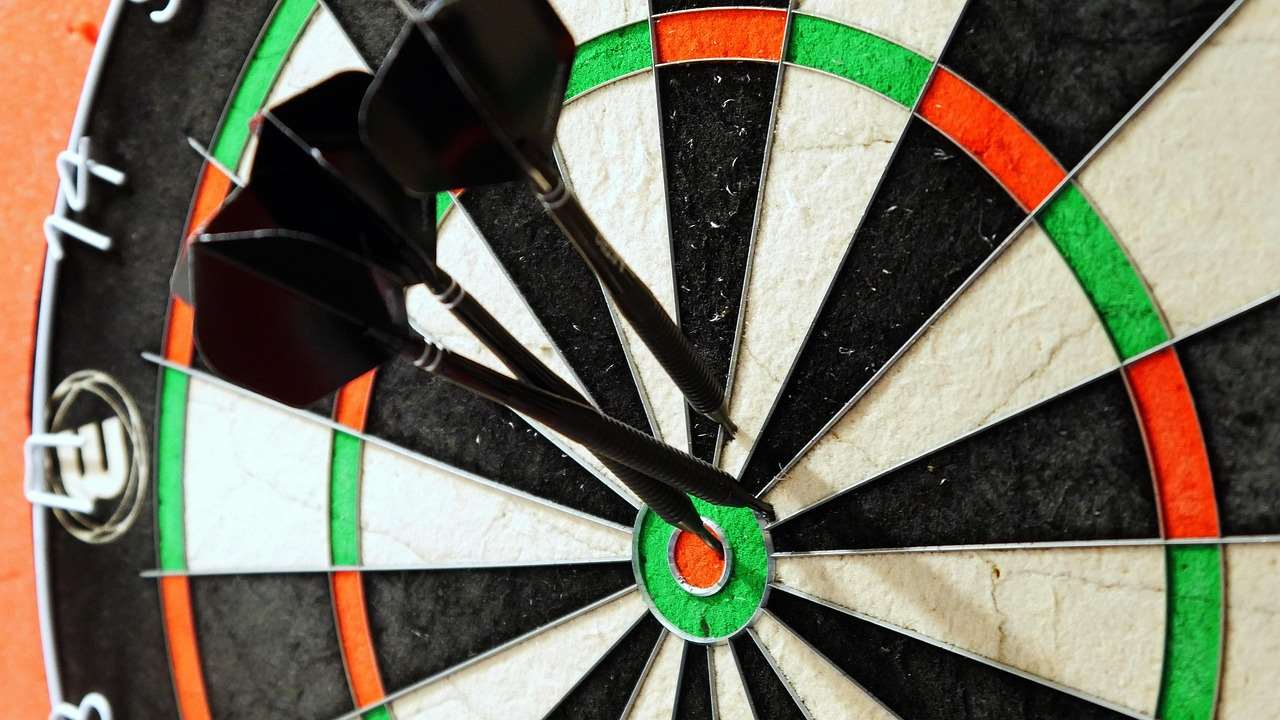
Proper hydration and nutrition also play a vital role in muscle recovery. Staying hydrated helps maintain optimal muscle function and reduces the risk of muscle cramps. A balanced diet that provides adequate protein, vitamins, and minerals is necessary for tissue repair and overall health. Remember, consistency is just as important when it comes to your rest and recovery.
Addressing Underlying Medical Conditions
In some cases, wrist pain might be related to underlying medical conditions such as arthritis, carpal tunnel syndrome, or tendinitis. If your pain persists despite implementing the strategies mentioned above, it’s crucial to consult a doctor or physiotherapist to rule out any underlying medical issues. Early diagnosis and treatment are vital to prevent further complications. Consulting a health professional can rule out any underlying conditions and suggest tailored solutions for managing your wrist pain.
Seeking professional help, in the form of physiotherapy or medical advice, should not be overlooked. These experts can assess your specific situation and provide personalized recommendations and treatment plans. This can ensure that the root cause of your wrist pain is addressed effectively. It is often recommended to combine personalized therapy with the preventative measures highlighted in this article.
Advanced Techniques for Preventing Wrist Pain
For advanced players, incorporating more sophisticated techniques and training methods can further reduce the risk of wrist pain. This might include utilizing biofeedback techniques to monitor muscle tension, performing specialized strength training exercises targeted at specific muscle groups, and working with a coach to refine throwing mechanics to perfection. Regularly reviewing your throwing form and making necessary adjustments can help minimize stress on your wrist.
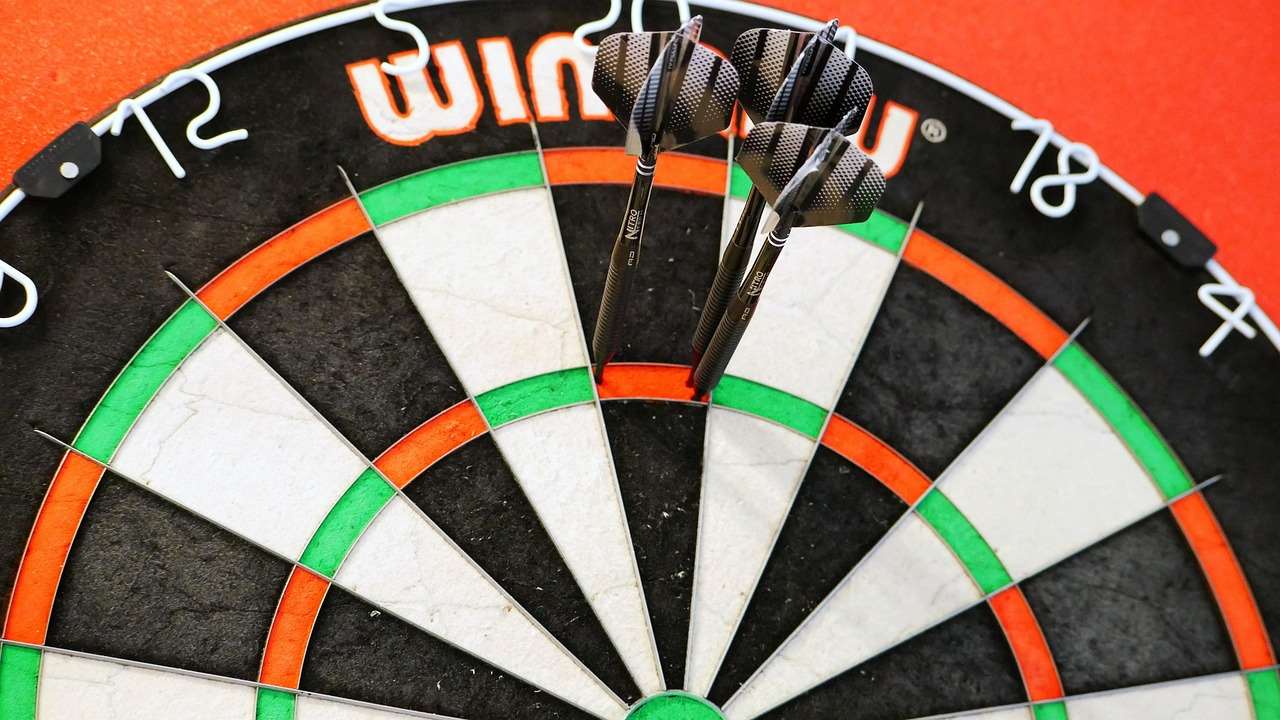
Regularly practicing breathing for mental clarity darts can help to improve your focus, reduce stress, and prevent tension in your muscles. In addition, eye exercises for darts can enhance your visual acuity, allowing you to focus on the target and reduce strain on your wrist and shoulder.
Moreover, fitness in long matches darts tips and exercise for dart stamina is not only beneficial for your endurance during games, but it also reduces the strain on your wrist and prevents injury from fatigue. Cross-training is also a great way to maintain overall fitness, improve flexibility, and reduce the risk of injuries, and a great starting point is to try cross-training for beginners darts.
Conclusion
Avoiding wrist pain at oche is achievable through a multifaceted approach that emphasizes proper technique, physical conditioning, and mindful practice. By incorporating the tips outlined in this article, including warming up, cooling down, strengthening exercises, ergonomic adjustments, and rest, you can significantly reduce your risk of injury and enjoy a long and healthy dart-playing career. Remember to listen to your body, seek professional advice when needed, and prioritize consistency in your training and recovery. Remember to prioritize your health and well-being above all else. Happy throwing!
Hi, I’m Dieter, and I created Dartcounter (Dartcounterapp.com). My motivation wasn’t being a darts expert – quite the opposite! When I first started playing, I loved the game but found keeping accurate scores and tracking stats difficult and distracting.
I figured I couldn’t be the only one struggling with this. So, I decided to build a solution: an easy-to-use application that everyone, no matter their experience level, could use to manage scoring effortlessly.
My goal for Dartcounter was simple: let the app handle the numbers – the scoring, the averages, the stats, even checkout suggestions – so players could focus purely on their throw and enjoying the game. It began as a way to solve my own beginner’s problem, and I’m thrilled it has grown into a helpful tool for the wider darts community.